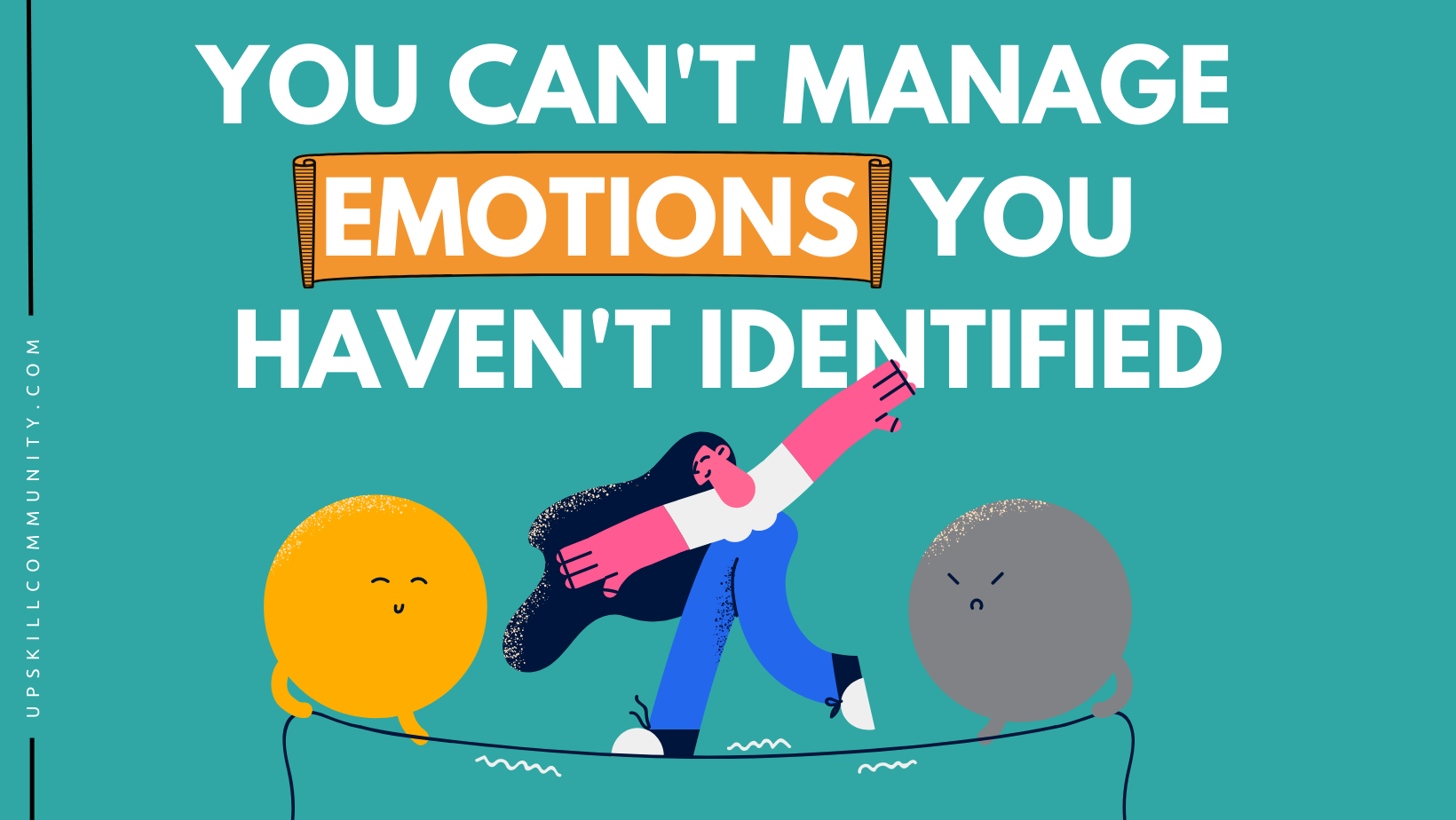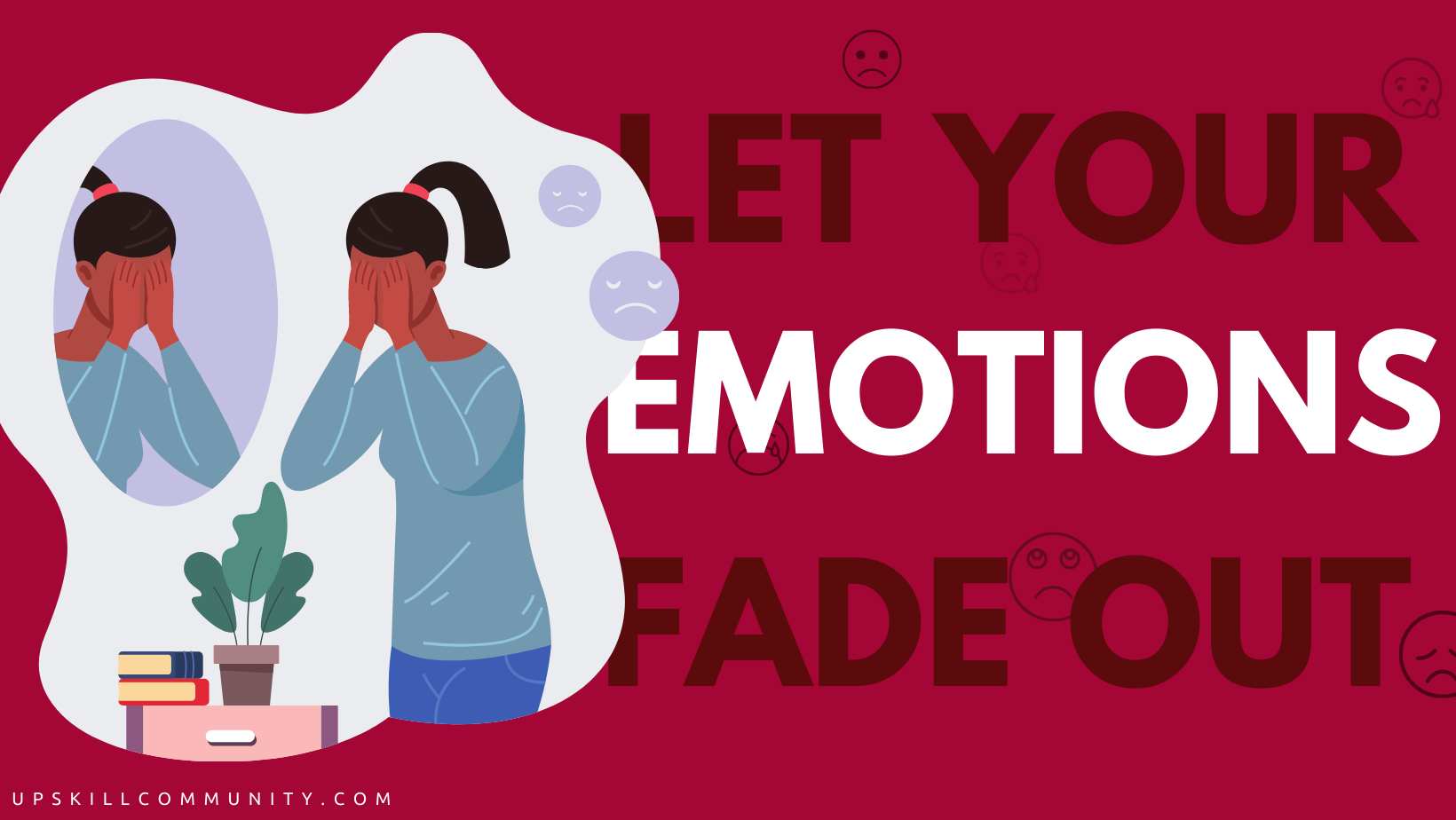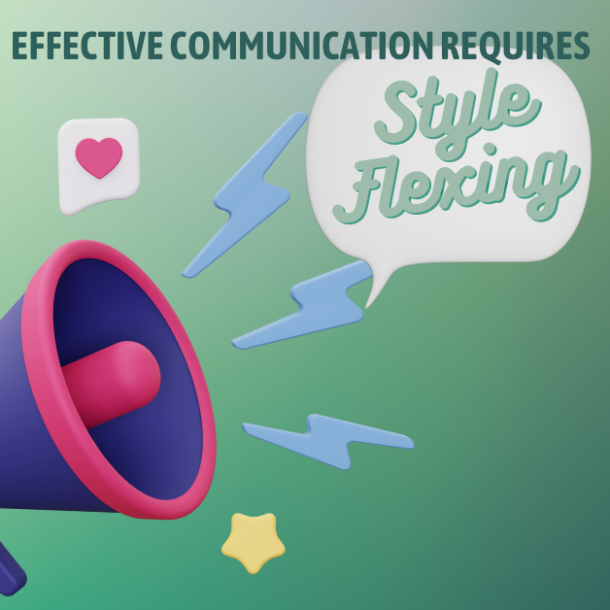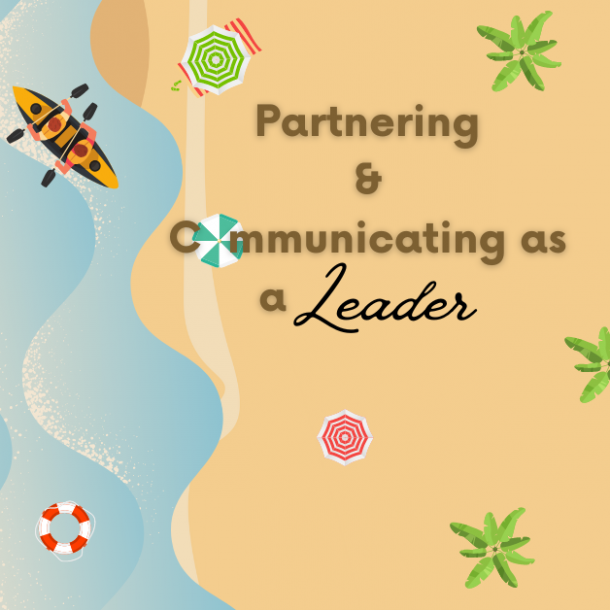UpSkill: Managing Emotions Part II: Emotional Vision
This is the second episode in which I use an incident that took place at the 2022 Academy Awards to discuss the need to cultivate greater emotional awareness and emotional control.
You have the opportunity to design your Emotional Vision: your vision for how you manage your emotions.
Establishing emotional Vision requires self-awareness and a sense of direction. You have to determine the level of emotional awareness and control you want for yourself and use strategies to get you there.

In the previous blog I discussed the most talked about incident of the 2022 Academy Awards, where actor Will Smith walked onto the stage and slapped Chris Rock in response to a joke aimed at Jada Pinkett Smith – Will Smith’s wife.
I focused on Will Smith in that post.
In this post I will focus on Chris Rock’s response to the unexpected slap in his face.
After being slapped in the face, Chris Rock regained his composure almost immediately, stayed in character, and continued hosting the show.
What would you do if you were unexpectedly slapped in your face?
The outcome could have been drastically different if Chris Rock didn’t have the emotional control he displayed.
The show must go on in-spite of our emotions. Whether on the Academy stage, at work or anywhere else.
But that’s easier said than done. Right?
Emotional awareness recognizes that your emotions are real and impact you and others in real ways. That’s true for all of us. You establish your Emotional Vision: how you want to think and act emotionally.
Sometimes you will fall short of the vision and you should make room for that. That’s why one emotional need we have is the need to make mistakes and have the opportunity to correct our behaviour.
The first step in developing emotional awareness and control is to be able to identify your emotions.

According to research done by Travis Bradberry and Jean Greaves, “only 36% of people can identify the emotions they experience.”
Clearly, you can’t manage something you have not yet identified, so this is a very important step worth your time.
Do you usually express or repress your emotions? In what situations are you comfortable expressing your emotions? In what situations are you more inclined to repress your emotions?
In what situations do you feel particular emotions?
What are some emotions you notice?
When do you notice them?
At work?
At home?
With family?
With friends?
What triggers these emotions?
What underlies these emotions?
What are my emotional needs?
Who is most affected by your emotions?
Who do you hide your emotions from?
Who do you open up to?
What are the reasons you open up to some people or situations, and close off to others?
Make it a goal to be able to answer these questions.
Loss of control is not a goal.
I’m sure when Will Smith was on his way to the Academy Awards he was looking forward to being on the big stage and potentially celebrating new accomplishments.
I’m sure he didn’t plan to lose his temper and have the world talk about a slap.
Emotions do not define you, you define your emotions. Your goal is to be fully aware of your emotions and how they affect you in different situations. Then to utilize strategies to take control of your emotions whenever, wherever and however they show up.
You can’t deny your emotions, so the trick is to know when to own your emotion and when to lease and release them.
Own emotions you desire and want to grow, like happiness.
Lease and release negative emotions like anger: Acknowledge them, feel them, understand how you experience them, learn from them and then release them.
I’m mindful that not everyone has the capacity to control emotions in the same way – some people need extra support. I’ll offer some strategies but if managing emotions is challenging for you there are many supports available. I highly recommend speaking to your health-care provider.
In my book “UpSkill: Soft Skills and Professional Development Essentials” I share a four-step framework for developing emotional awareness, which helps you become more purpose driven and better able to manage yourself.
ISMS is an acronym that outlines the process to Identify, Strategize, Manage and Share your emotions in a meaningful way.
It also offers an affirmation, “I steer myself,” to help you maintain awareness that you are in control of yourself. You steer yourself.
This blog post will walk you through the first, and arguably most important step of the framework: Identify.
You need to Identify:
Your emotions
The intensity of your emotions
Your emotional needs
Emotional triggers
Then identify how your emotions, triggers, needs, values are interrelated to help you better understand yourself.
This understanding provides the foundation for developing emotional awareness and control.
Once you spend time identifying your emotions and how they impact you and others – you can now devise strategies to minimize the impact.
If you know a certain situation or task can be aggravating for you, then you can take steps to minimize the impact.
If a certain task at work is stressful, you can try to organize your time so that you can spend less of your day doing it. Or perhaps you try to do the task first thing in the morning, or any other time when you might have the most energy or be in the best mood.
If a certain person can trigger negative emotions, then perhaps you can take steps to be able to minimize contact with them. Is there someone else at work who can also provide the information you might normally get from that person?
Identify also applies to identifying positive role models, who can serve as guides for your own behaviour.
Identify people who are not emotionally aware and demonstrate appropriate levels of self-control: Identify the behaviours you want to avoid.
Identify people who demonstrate an appropriate level of emotional self control: Identify the things you want to emulate.
Pausing is also a helpful strategy.
In Part I of “Managing Emotions” we discussed The ABC framework:
Affirm
Breathe
Count
Can you breathe? Taking a few breaths and be mindful of what you are doing.
If you feel like getting up to go slap someone – do the opposite- sit on your hand.
If you feel like yelling insults – do the opposite- ABC.
Be aware of your impulsive tendencies

A high degree of emotional awareness and control is central to your overall self-awareness, self-leadership, brand and effectiveness.
Use your ABC strategy to take control.
Your personal brand will be impacted by your level of emotional awareness and control in this climate of high sensitivity to personal values. Whether you are viewed as being in control or out of control is related to your ability to effectively manage your emotions. People who are considered emotionally steady are usually preferred over those who are considered impulsive and volatile.
You have to be like Chris Rock. Sometimes we cope with things that are difficult or painful but we can follow his example and hold it together and continue.
Emotional Awareness says “I steer myself” (ISMS) and is crucial for your success. The more you practice to “steer” your emotions intentionally towards your goals and growth and away from outcomes you do not want in your life – the more confidence you will develop.
This is particularly relevant now since some of us live at work and some of us work at home. The world is one big stage connected by devices that record and retain our performance on stage and off stage. You never know when someone is listening or watching.
Maintaining emotional awareness and control will be essential to professional sustainability.
Next time you feel emotional, pause.
Do your ABC.
Then find the courage to do the opposite of what emotions tell you, you are the boss of you.
As Clyde Lee Dennis says:
“You’ll reach a new level of freedom when you take control of your emotions.”



